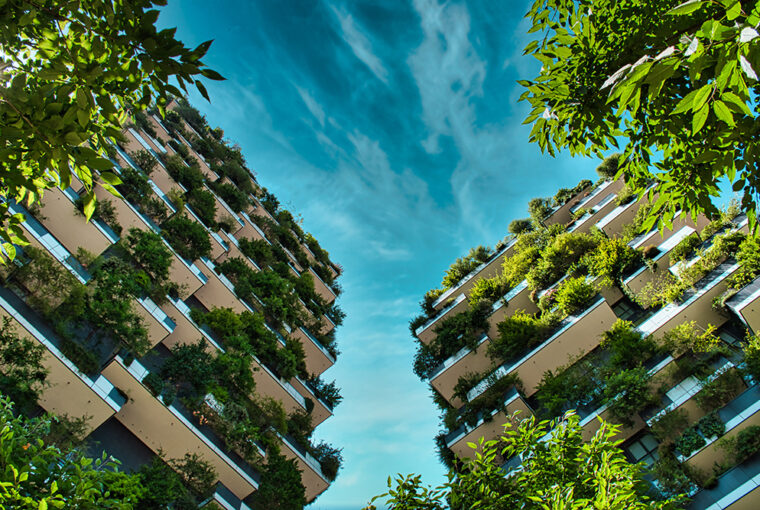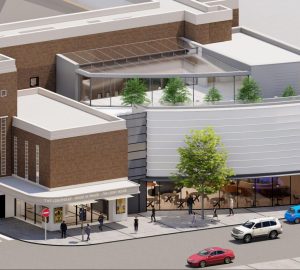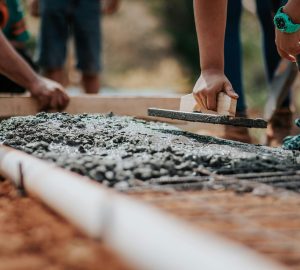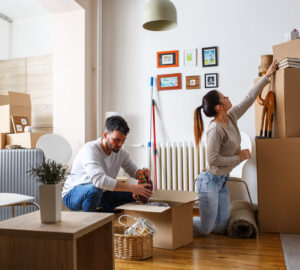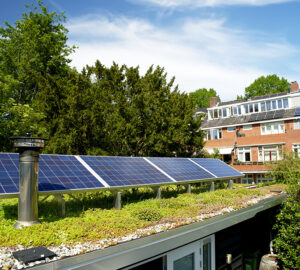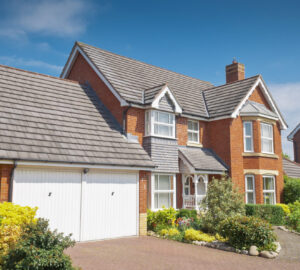Planet Earth is undergoing some rapid changes that threaten the ecosystems that keep it habitable.
Human beings are a big reason for these changes. In the last 400 years, Humankind has chopped down trees and produced carbon dioxide in an unsustainable fashion. Humans have polluted the seas, irradiated vast swathes of land, and created monocultures that cannot be sustained without us.
Construction – and by association interior design and architecture – is responsible for an astonishingly devastating 50 percent of all non-renewable resources that are consumed. Architecture and interior design need to change if buildings are to become environmentally friendly. In the long term, the more pollution created by the construction industry, the fewer people there will be to occupy and work in buildings that are completed in the future.
Thankfully, some architects, interior designers, and construction professionals seek alternative methods to fight back against climate change. Groups like the Green Building Council in the UK and the Association for Environmentally Considerate Building offer resources for professionals and lobby regulatory organisations in order to guide construction, architecture, and interior design towards a more sustainable future.
It is generally considered that there are seven areas that need to be addressed if a design is to be considered environmentally friendly.
Energy Efficiency And Renewable Energy
New homes and buildings need to be designed with the smallest energy footprint possible. Government schemes like the double glazing grants in the United Kingdom that can be seen here: https://www.doubleglazingfunding.co.uk/how-to-qualify-for-free-windows-and-doors/ have been drawn up to help homeowners see the benefits of energy-saving technology.
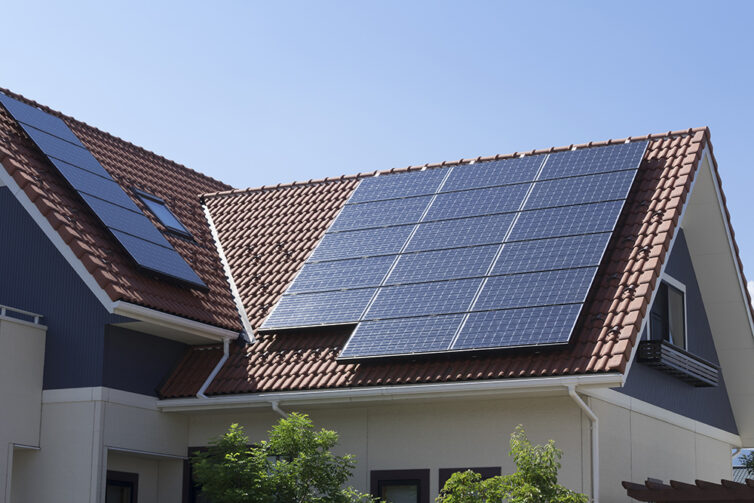
However, it remains the responsibility of the architects and interior designers to implement designs that incorporate energy-saving measures in the first place.
The use of localised renewable energy can also be used to reduce the environmental footprint of a building. Solar panels, windmills, and even water wheels can be incorporated into the design of a home.
Water Efficiency
The filtering, delivery, and harvesting of water is an immensely environmentally impactful venture. Designers of buildings and interior spaces need to make sure that they integrate water-saving or collection methods.
Building Materials
The construction industry is ravenous for endangered or environmentally unsustainable materials. Modern architects and interior designers need to find ways of using materials that do not cost the earth in their designs.
Waste Reduction
A great deal of the materials synthesised or farmed for the purpose of building are not even used. They are cast aside as waste that until now has been considered a necessary part of construction and design. Removing waste from the design and implementation of building plans is an essential endeavor.
Toxics Reduction
Traditionally, homes and their interiors have been designed in a way that necessitates the release of toxic chemicals into the environment. The toxic chemicals can drastically reduce biodiversity and even make areas uninhabitable by human beings.
Indoor Air Quality
Strangely enough, indoor air quality is considered to have an environmental impact. This is because of the effect that poor air quality can have on human beings, who will then typically use means to correct the poor air quality that have a very large carbon footprint.
Sustainable Development
Architects and interior designers are often hired as part of a wider effort to develop and make profits from property. The environmental sustainability of that profit-oriented growth must be ensured from the beginning. Wanton capitalistic greed has cost our planet too much already.
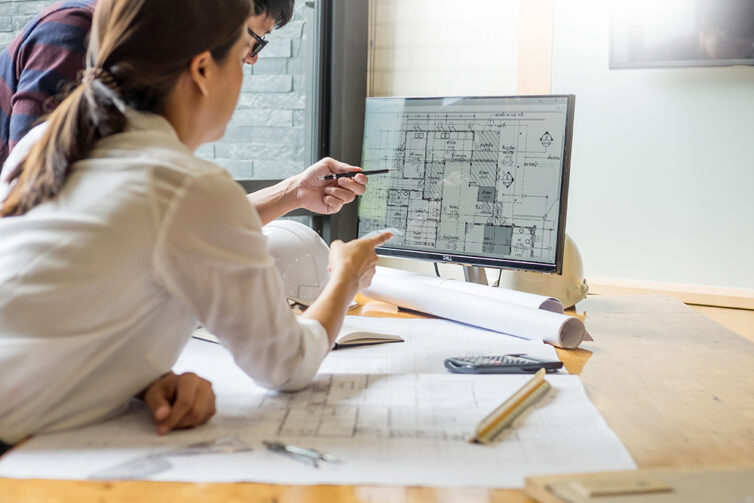
With these seven areas of consideration in mind, it is worth reminding people that this is not, in fact, a helpless battle. There are many architects, interior designers, and construction professionals working tirelessly to improve the environmental impact of their trade. This article takes a look at some specific ways in which improvements have been made.
Sustainable Energy Sources
Designing buildings that produce their own sustainable power is perhaps one of the most obvious ways of creating a less environmentally damaging future humanity. After all, a house is only as sustainable as the energy it uses. Houses with all of the energy-saving and insulating materials incorporated available on the market still have a huge environmental impact if they draw power from a grid that uses fossil fuel to generate energy. Fossil fuel consumption is one of the main reasons for the release of carbon dioxide gas into the air.
There are several ways in which designers have incorporated renewable energy production into the buildings they draw up.
Wind Power
When used on a small scale, wind power can be used to heat water and run appliances – things usually taken care of by carbon-heavy mains electricity. However, unlike solar or water power, small-scale wind turbines are extremely dependent upon the weather and cannot be relied upon for 24-hour energy.
Solar Power
Solar power is one of the most popular and mature ways of incorporating sustainable electricity generation into the design of a home. Solar cells were invented in the late Victorian period and have been steadily improving ever since. Architects have a large role to play in the continued growth of small-scale solar energy generation: they design the buildings. They, therefore, have influence over the suitability of a building for solar panel installation.
Water Power
Water power is almost certainly the least utilised of the major renewable energy sources available to architects and interior designers, but that does not mean that it has gone completely unused. Waterwheels and water screws have, for instance, provided kinetic power to homes for thousands of years. The Energy Saving Trust in the UK considers hydroelectric power as a viable design feature for sustainable homes. Hydroelectric power generation is necessarily very site specific. If a house is being built near a fast-flowing stream or river, then the force of the water flowing downstream is a perfectly good 24/7 power solution. In Scotland and Yorkshire, where many homes are near fast-flowing streams, hydroelectric power generation on a small scale is becoming more and more popular as a way to provide energy to homes.
Recycled Building Materials
There are plenty of ways in which designers can craft exterior and interior spaces from recycled and recyclable materials. Perhaps the most interesting kind of recycled building material is the plastic bag. This notoriously hard-to-break-down object, which is made of oil, can be compressed and soaked in adhesives to form strong bricks. Salvaged brick, stone, and wood are invaluable to the environmentally friendly interior designer. Some architects have taken this concept to extremes: employing strategies and techniques that enable their works to be reused and repurposed time and time again.
Carefully Selected Wood
Wood might literally grow on (or as) trees, but this does not mean that it is an expendable or responsible resource all of the time. Some woods, such as ebony, are incredibly bad for the environment and contribute to the deforestation of sensitive areas of forest in Cameroon.
Smart Insulation
A great deal of the carbon footprint that can be attributed to a building comes from the heating and cooling of the interior environment. Almost all heating and cooling systems use electricity or fossil fuels. Designing a building or room from the ground up to be well-insulated means that less power and resources are devoted to heating or cooling. Double glazed windows, foam filling, and even specially designed decorative panels are all useful for insulating houses. Houses need to be designed to have as little energy transference as possible. Modern governments often have strict guidelines for architects designing new buildings in order to ensure that they are insulated correctly.
With the current climate crisis at the forefront of people’s minds, these are just a few ways how architects and interior designers can be kinder to the environment.
